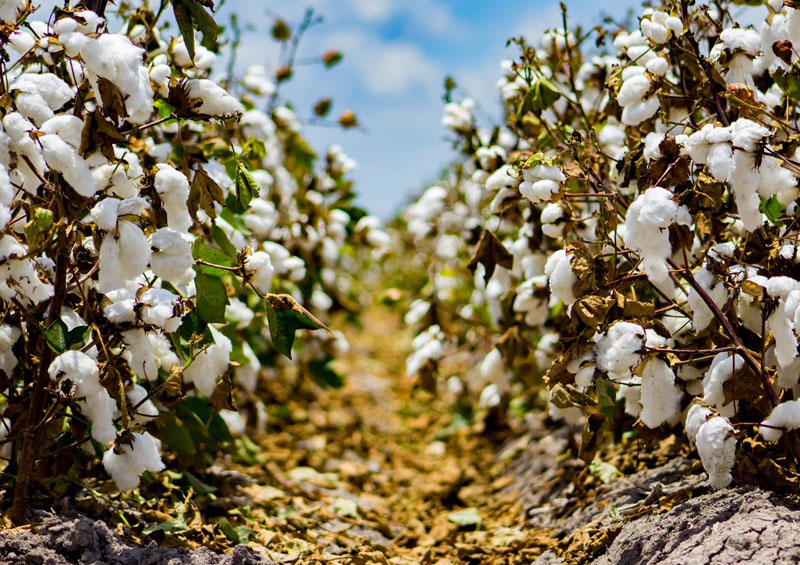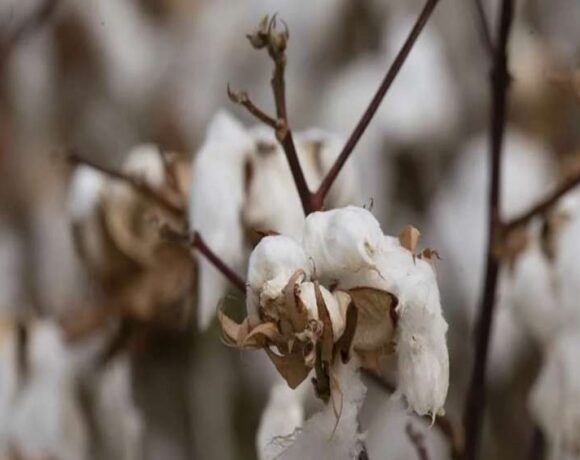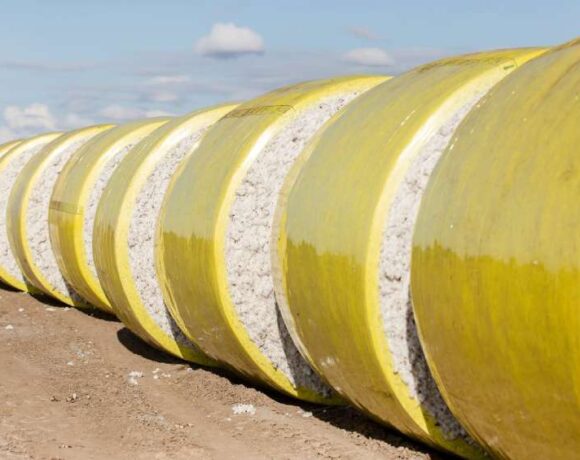Year-End Cotton Prices Rise, But Hurdles Remain In 2024

The New Year is threatening to open a door to higher prices for cotton. The final week of the year saw higher prices each day – a very unusual trading pattern, and “unusual” can typically be associated with bullish news.
The daily price increases were small but nevertheless higher each day. However, small is a key word, as the daily price gains occurred on exceedingly small trading volume as if half the industry were off all week. Excited is good, but not too excited.
Cotton closed the year on an excellent technical run, moving above several important moving average indicators. Both export sales and shipments were strong, with sales coming in with another nearly yearly weekly high, and shipments approached the weekly level needed to reach USDA’s 2023-24 marketing year export projection of 12.2 million bales.
Santa Claus brought me a roaring case of the Chinese Corona virus. Certainly, I remain very physically stunned, but at least the nearby March futures contract rode the wave above 81 cents before closing the year at 81.00 cents after trading up to 81.75. As exciting as the price rally remains, one must remember it failed at the heavy, heavy price resistance at the 82-cent level.
The rally too failed to generate any positive movement in open interest, suggesting that much of the buying was mill fixations buying. The cotton market will have to have the speculators and funds take prices back to the 84-88 cent level. Funds have cash on hand, and with lower interest rates, bonds are beginning to lose their lustre and will be replaced with cash.
Thus, funds will soon have hundreds of billions they will look to invest in the equity and commodity markets, cotton being one. However, demand must surface before funds will get serious about the cotton market. Yet do not doubt that fund buying in the cotton market can take prices up to the very top of the long term 76-88 cent trading range. However, remember the trap we set for ourselves with hope and wishful thinking. The short-term trading range of 78-82 cents will likely continue to dominate. Leakages on either side are very possible, but would be short-lived.
Chinese purchases have dominated the U.S. export market and will continue to do so. Vietnam, Bangladesh and Asian countries will continue to make purchases. However, sales to all countries except China will continue to be measurably less than in past years – a reflection of poor demand. In fact, world consumption is likely overstated by USDA. If not, one should not realistically expect any increase in consumption across any country.
While Chinese purchases continue to be in hundreds of thousands of bales, the bulk of those purchases are being used to increase the inventory of Chinese stocks, not for immediate mill consumption. The Chinese are simply buying cotton at a price lower than their local farmers can produce the product.
The price rally did elevate the new crop December contract back to 79 cents, settling the week and year at 79.36 cents. U.S. growers see the new crop at 80 cents, with the absolute necessity to see a rally up to 85 cents to approach a break-even point. Thus, U.S. plantings are projected to be 10.3 million acres.
December will continue to trade just below the March contract into the March expiration when at such time weather and other fundamentals will carry more weight in analyzing expected 2024 plantings. Any rally in the December 2024 contract to 80 cents will move plantings slightly higher. However, it is difficult to see higher futures prices in the absence of good fund buying coming to the cotton market.
(Dr. O.A. Cleveland is the author of this article. He is the Professor Emeritus of Agricultural Economics at Mississippi State University.)















